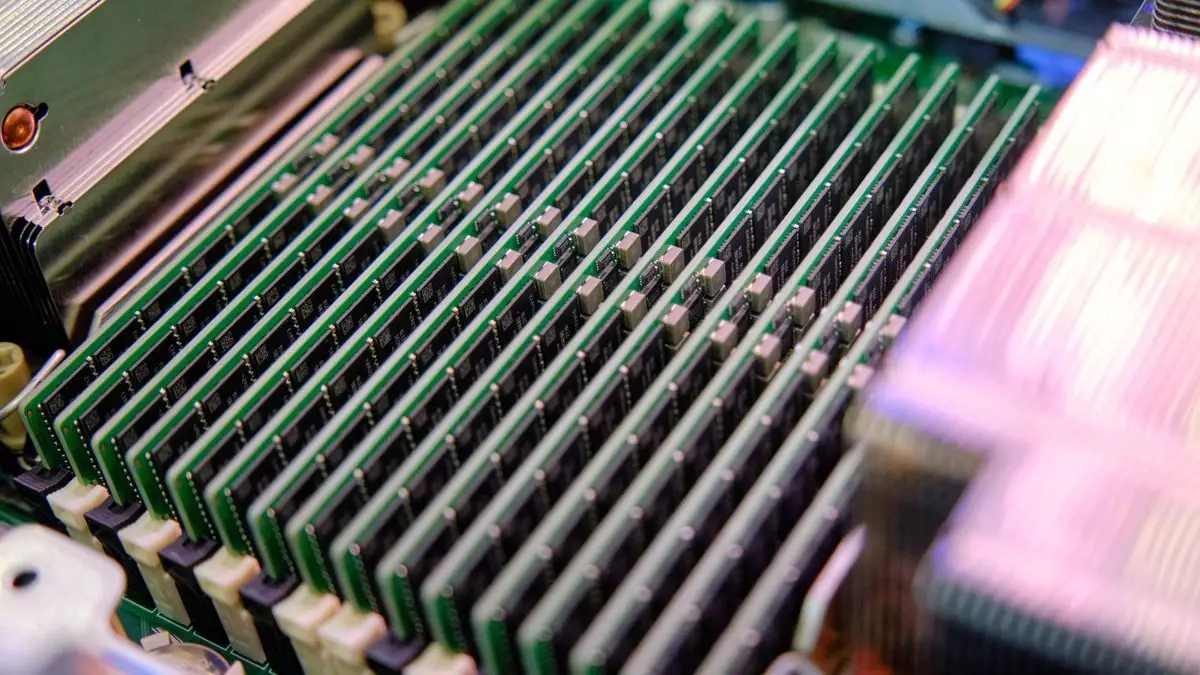In the ever-evolving landscape of cloud computing, security remains a pivotal concern, particularly given the potential risks associated with virtual environments. AMD’s Secure Encrypted Virtualization with Secure Nested Paging (SEV-SNP) has emerged as a significant development in this arena, designed to enhance data security within virtual machines. The complexity of this technology is aptly encapsulated in its daunting name. SEV-SNP not only encrypts memory in virtual environments but introduces additional safeguards to prevent unauthorized access between different virtual machines. Despite these robust measures, recent reports have highlighted serious vulnerabilities, raising questions about the efficacy of these security mechanisms.
A pivotal paper titled “BadRAM: Practical Memory Aliasing Attacks on Trusted Execution Environments” has brought to light a disturbing security breach associated with SEV-SNP. Researchers utilized a Raspberry Pi Pico, a low-cost microcontroller, to exploit the security weaknesses of the DDR4 and DDR5 SPD (Serial Presence Detect) settings where SEV-SNP operates. This breach allows attackers to create memory aliases, leading to the potential for manipulating memory mappings and even corrupting encrypted data. The implications of such an attack are profound, suggesting that vulnerabilities can be leveraged to carry out significant end-to-end attacks, evidencing fundamental flaws in the system’s design.
The Simplicity of the Attack Method
The alarming reality is that the equipment required to execute this attack is remarkably inexpensive and readily available. A Raspberry Pi Pico, which costs around $10, combined with DDR sockets and a basic power source, allows an attacker to potentially compromise systems using SEV-SNP. This accessibility minimizes entry barriers for malicious actors who might not have advanced technical skills but possess the necessary equipment and motivation. The consequences of this vulnerability extend far beyond a single incident; they pose a systemic risk that can be exploited in various cloud computing environments.
While obtaining the necessary tools is relatively easy, physical access to the targeted system remains a significant obstacle for would-be attackers. However, the paper illustrates scenarios wherein this access may not be as difficult to secure as it seems. For instance, a malicious insider at a cloud service provider could exploit their position to access sensitive equipment without raising suspicion, effectively pointing to a hybrid threat landscape comprising both physical and digital vulnerabilities. This constant evolution in attack vectors underscores the importance of comprehensive security measures that encompass not just technological safeguards but also physical protections.
Industry Response and Solutions
In response to these vulnerabilities, AMD has categorized the identified issues as having a medium severity level (5.3) and has proposed development of fixes to mitigate these risks. One recommended approach is to utilize memory modules that completely lock SPD settings, ensuring that unauthorized alterations are made significantly more challenging. Furthermore, adhering to stringent physical security best practices is essential to reducing the risk of unauthorized access. The analogy of locking one’s front door resonates in this context—it is a simple yet effective measure in preventing potential security breaches.
The recent revelations regarding the vulnerabilities within AMD’s SEV-SNP are a clarion call for greater scrutiny and enhancement within security protocols. As cloud computing continues to proliferate, the necessity for robust security measures becomes increasingly paramount. Stakeholders within the technology sector must remain vigilant, employing a multi-faceted approach that encompasses technological innovation, physical security measures, and user education. Awareness and proactive measures will be the linchpins in fortifying defenses against attacks that capitalize on vulnerabilities in this critical area of technology. As we move forward, the lessons learned from these breaches will serve as a foundation for developing more resilient security architectures that safeguard our digital assets.

